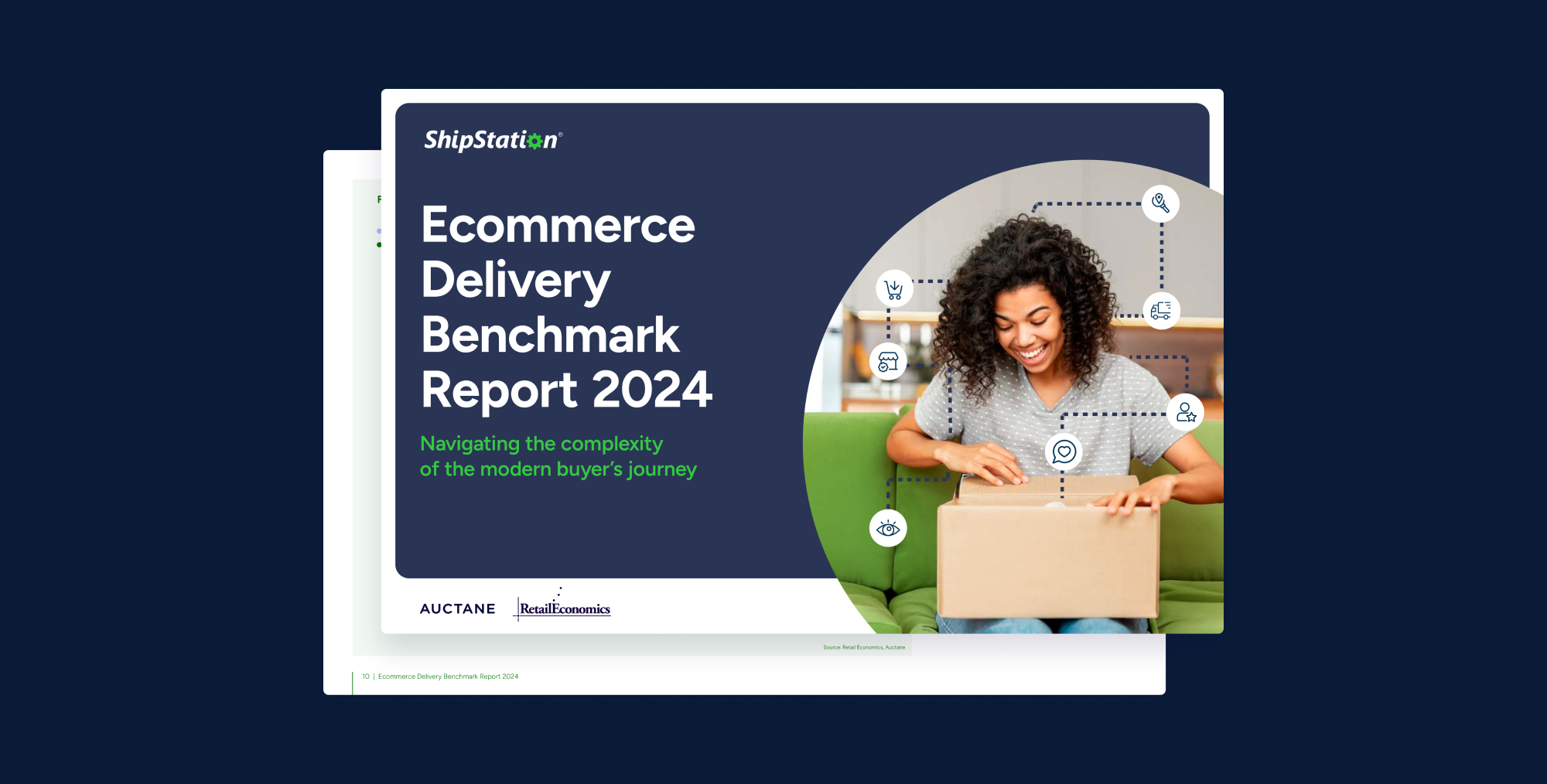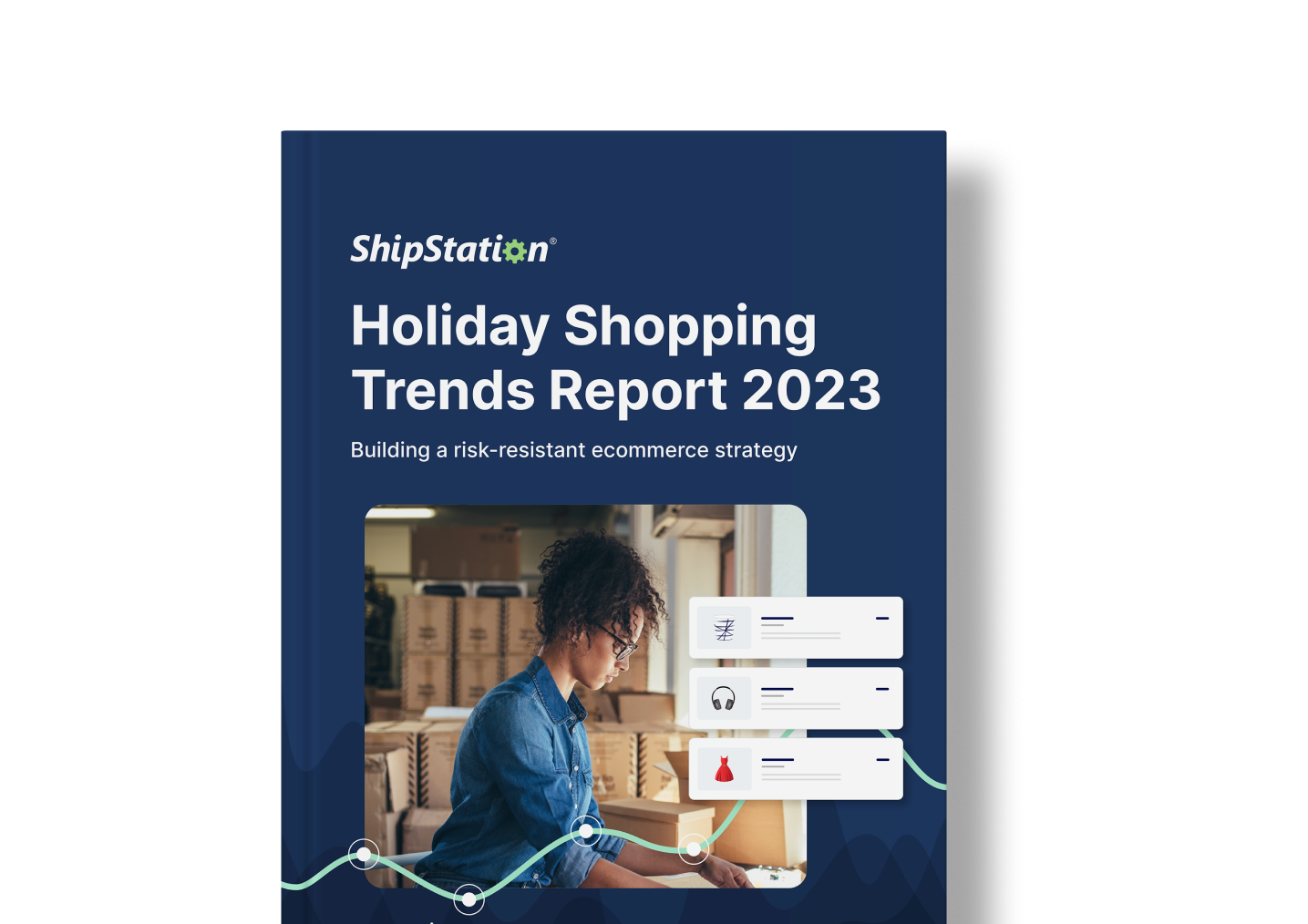How reports and analytics can optimize shipping rates
Figuring out shipping rates takes planning and strategy. Go too high, and you risk cart abandonment. Go too low, and your profit margins narrow too much. The Amazon Effect has caused people to anticipate that shipping fees be waived or included in the price of their orders. So, if you do charge additional shipping costs, learning the effectiveness of your pricing strategies is important. Figuring out the best strategy though for your items can be tricky. And it can change from product to product.
Luckily, there are tools that can help you develop a better strategy for charging shipping costs. You can create and review reports to make sure you’re charging appropriately for shipping.
Shipping Cost Report
These reports can generate through carriers directly. Sometimes, they are available within a selling channel, such as Amazon. But, if you use multiple carriers or selling channels, you can also access these reports through a shipping software. Luckily, these features are available through shipping softwares such as ShipStation.
How these reports work is that they find the sums of a.) what you charge customers for shipping and b.) what the carrier charges you for each shipment. The difference between what you are charging customers vs what carriers charge you lets you know if you are at a net gain or net loss for shipping costs.
Here’s an example of what a shipping cost report looks like when generated in ShipStation:
A shipping cost report can be limiting though. Some shipping costs don’t properly reflect if the cost is injected into the product’s price.
Using Google Analytics
If you want a more dynamic reporting option, Google Analytics is a popular tool for ecommerce businesses that want to track customer engagement in varying areas of your website. Once you set up Google Analytic Tracking on your site, you can track and export sales-related information.
On the order level, you can track information like:
- store
- revenue values
- tax
- shipping costs
On the item level, you can track information like:
- item name
- SKU
- product category
- unit price
- quantity
These two sets help them create reports based on Product Performance, Sales Performance (by date), Transactions, and Time of Purchase. These reports then let you analyze things such as if and how long customers take to make a purchase, as well as quantity-based reports. This information helps you understand if you should consider offering more product-level discounts or threshold-based free shipping. CXL Institute has this helpful video to explain how Google Analytics reporting can help pinpoint areas that are leaking money from your business.
Want to find more ways to save on shipping? Enter your email and receive ShipStation’s in-depth Cheapest Ways To Ship Guide.
Google Analytics’ session-based and customer flow information is also invaluable since many softwares’ native reporting tools won’t give such high-level information. For instance, you can see which site led a customer to yours, and more importantly, where they went to after they left your site. If they went to a competitor’s site that offers cheaper shipping options or pricing, you can use this to your advantage.
Shipping Price Options
There are a few options for charging shipping. Each of them has their own rewards and drawbacks.
Charging Too Much
Charging too much for shipping can cause cart abandonment. So if you find that you’re “too much in the green,” make sure that your cart abandonment is not too high. This can be an indicator that your shipping rates are not presented clearly enough to customers. If order volume has also decreased, you could be charging too much for shipping and you may need to rework your products’ pricing strategies. Luckily, tools exist to help you calibrate your prices to gain a competitive edge over your competition.
Charging Too Little
Charging too little for shipping runs the obvious risk of narrowing profit margins. Additionally, charging separately for shipping, particularly at a high rate, can make customers weary—especially if the item cost is low in contrast to the additional shipping charges.
Free Shipping
Free shipping is obviously the most favorable option for customers. Yet, consumers only ever receive “Free” with small First Class envelopes items with a decently high profit margin. For most “free shipping” options, particularly on Amazon, etc., the cost of shipping is injected into the item price.
Depending on the items uniqueness and/or its difficulty to be purchased locally at a brick-and-mortar, a slightly higher unit price with free shipping works well. For instance, a specialty tin of sardines may cost a bit more through Amazon Prime than at a local supermarket. But it has no additional shipping fees.

Free Shipping With a Threshold
Some merchants offer free shipping to customers if their order total exceeds a certain threshold. This is a great way to reward and incentive greater customer loyalty. Find your customers’ mean order total, then assign an amount that is both profitable to you and advantageous for your customers. An effective way to figure out where to set the threshold is to study your shipping cost reports.
Showing Shipping Rates in Cart
Seller-side rates are a great way to demonstrate transparency with a customer. When a customer sees shipping costs upfront, it gives greater insight into the merchant perspective. It also reassures them that they’re not being overcharged for shipping.
Features like Shopify’s Custom Calculated Rates not only let you set up a base shipping fee for customers but also lets you manually adjust the amount you charge.
There can be drawbacks to taking this route. Primarily, these rates may not update from carriers in real time. Some of these front-end solutions don’t update their rate tables in realtime the way that live shipping rates would. So, be sure that what you are displaying are dynamic and configurable.
Furthermore, if you offer shipping rates with no markup, having access to tools with live rates may be necessary. It can create a bad customer experience if they find out about a mismatch between what you charge for shipping and what they actually pay.
Developer resources like Shipping APIs allow you to build rating features directly into your website or app.






